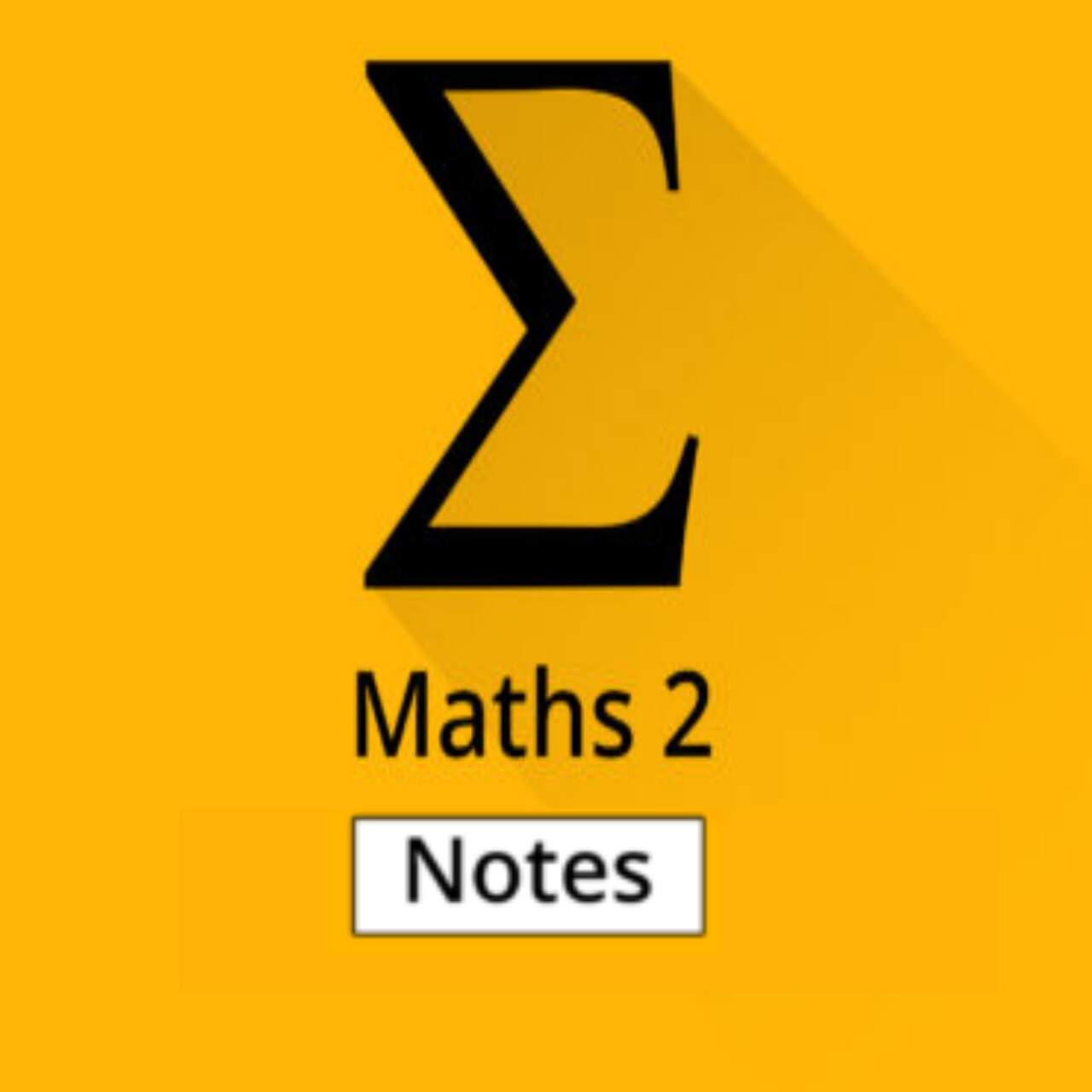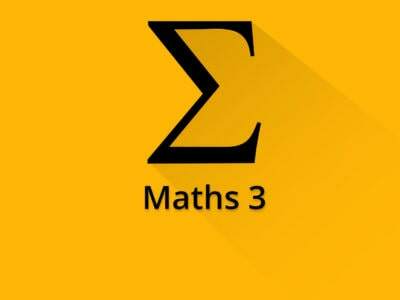Applied Mathematics‐II Notes
₹200.00

Applied Mathematics‐II Notes
Applied Mathematics‐II Notes is semester 2 subject in first year of engineering under Mumbai University. Objectives for subject Applied Mathematics‐II is to provide students with sound foundation in applied mathematics to solve real life problems in industry. To provide hands on experience in using Scilab software to handle real life problems. Outcomes for subject Applied Mathematics‐II is that Learner will be able to apply the concepts of First Order and first degree Differential equation to the engineering problems. Apply the concepts of Higher Order Linear Differential equation to the engineering problems. Apply concepts of Beta and Gamma function to the engineering Problems. Apply SCILAB programming techniques to solve differential equation to model complex engineering activities. Apply concepts of Double integral of different coordinate systems to the engineering problems. Apply concepts of triple integral of different coordinate systems to the engineering problems.
Applied mathematics is the application of mathematical methods by different fields such as physics, engineering, medicine, biology, business, computer science, and industry. Thus, applied mathematics is a combination of mathematical science and specialized knowledge. The term “applied mathematics” also describes the professional specialty in which mathematicians work on practical problems by formulating and studying mathematical models. In the past, practical applications have motivated the development of mathematical theories, which then became the subject of study in pure mathematics where abstract concepts are studied for their own sake. The activity of applied mathematics is thus intimately connected with research in pure mathematics. The success of modern numerical mathematical methods and software has led to the emergence of computational mathematics, computational science, and computational engineering, which use high-performance computing for the simulation of phenomena and the solution of problems in the sciences and engineering. These are often considered interdisciplinary.
Module Differential Equations of First Order and First Degree consist of the following subtopics exact differential Equations, Equations reducible to exact form by using integrating factors. Linear differential equations (Review), equation reducible to linear form, Bernoulli’s equation. Simple application of differential equation of first order and first degree to electrical and Mechanical Engineering problem (no formulation of differential equation). Module Linear Differential Equations with Constant Coefficients and Variable Coefficients of Higher Order. Linear Differential Equation with constant coefficient‐ complementary function, particular integrals of differential equation of the type f(D)y = X where X is 𝑒 𝑎𝑥, sin(ax+b), cos (ax+b), 𝑥 𝑛 , 𝑒 𝑎𝑥V, xV. Cauchy’s homogeneous linear differential equation and Legendre’s differential equation, Method of variation of parameters.
Module Numerical solution of ordinary differential equations of first order and first degree, Beta and Gamma Function consist of the following subtopics (a) Taylor’s series method (b)Euler’s method (c) Modified Euler method (d) Runga‐Kutta fourth order formula (SciLab programming is to be taught during lecture hours). Beta and Gamma functions and its properties. Module Differentiation under Integral sign, Numerical Integration and Rectification consist of the following subtopics Differentiation under integral sign with constant limits of integration. Numerical integration‐ by (a) Trapezoidal (b) Simpson’s 1/3rd (c) Simpson’s 3/8th rule (all with proof). (Scilab programming on (a) (b) (c) (d) is to be taught during lecture hours). Rectification of plane curves. Module Double Integration consist of the following subtopics Double integration‐definition, Evaluation of Double Integrals. Change the order of integration, Evaluation of double integrals by changing the order of integration and changing to polar form. Module Triple Integration and Applications of Multiple Integrals. Consist of the following subtopics Triple integration definition and evaluation (Cartesian, cylindrical and spherical polar coordinates). Application of double integrals to compute Area, Mass, Volume. Application of triple integral to compute volume. References Books for the subject Applied Mathematics‐II by Mumbai University are as follows A text book of Applied Mathematics, P.N.Wartikar and J.N.Wartikar, Vol – I and –II by Pune VidyarthiGraha. Higher Engineering Mathematics, Dr.B.S.Grewal, Khanna Publication. Advanced Engineering Mathematics, Erwin Kreyszig, Wiley EasternLimited, 9thEd. Numerical methods by Dr. P. Kandasamy ,S.Chand Publications.
Prepare For Your Placements: https://lastmomenttuitions.com/courses/placement-preparation/
![]()
/ Youtube Channel: https://www.youtube.com/channel/UCGFNZxMqKLsqWERX_N2f08Q
Follow For Latest Updates, Study Tips & More Content!
Course Features
- Lectures 6
- Quizzes 0
- Duration 50 hours
- Skill level All levels
- Language English
- Students 7
- Certificate No
- Assessments Yes



![C-Cat CCAT Full Course Section A + B [ Videos + Notes + Mock Test ]](https://lastmomenttuitions.com/wp-content/uploads/2022/01/C-Cat-1-450x450.png)
![demo_image Sem-7 Comps [ Mu ] [ Importance with Solution + Solution , Video Lectures + Viva Questions ]](https://lastmomenttuitions.com/wp-content/uploads/2019/07/demo_image-450x450.jpg)